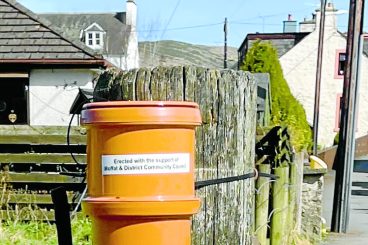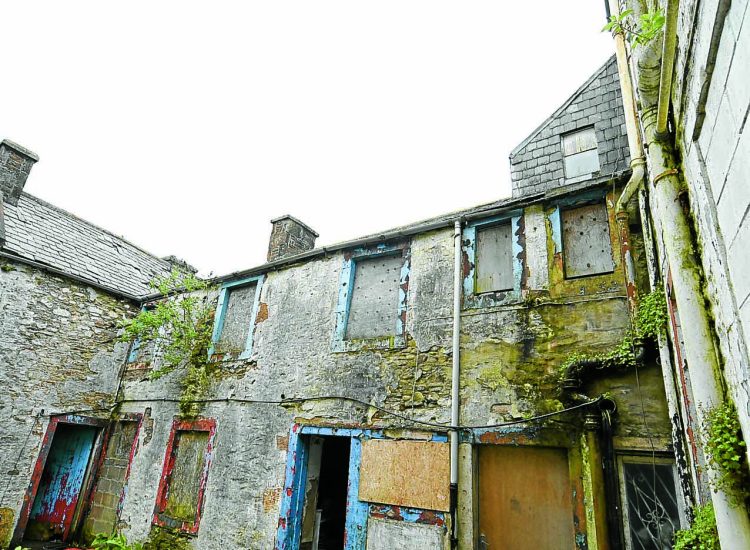Last year, 70.2 per cent of primary pupils and 52 per cent of secondary students ate in the region’s school canteens.
However, despite being higher than the Scottish average, there was a three per cent in overall meal uptake during 2018. And there are concerns that new nutrition legislation, which is designed to make catering healthier and will bring ‘significant changes’ to the food currently provided from next year, will result in a further decline in pupils choosing school meals as less red meat is on offer, along with reductions in sugar, fat, salt and fruit juice.
In a report on the issue for councillors, operations manager Alan Mawson said: “Educating pupils and parents is vital as changes to school meals can result in pupils not eating in schools and purchasing food elsewhere. “When out of school, evidence shows that young people choose food products that are predominately less healthy and that wouldn’t meet the nutritional standards set by the Scottish Government. Lunchtime spend by pupils eating out of school is mostly higher than the school meal deal.”
The education and learning committee will discuss the matter at their next meeting and chairman Councillor Jeff Leaver said: “It’s increasingly difficult to balance legislation, dietary needs and young people’s wants to deliver appropriate meals within stringent budgetary constraints. For example, there has been a 500% increase in hospital admissions for food allergies/intolerances since 1990. One result of this is an increasing demand to provide special diets to meet individual needs. However, school meal statistics for Dumfries and Galloway show that we’re doing well when compared with other areas of Scotland.”























